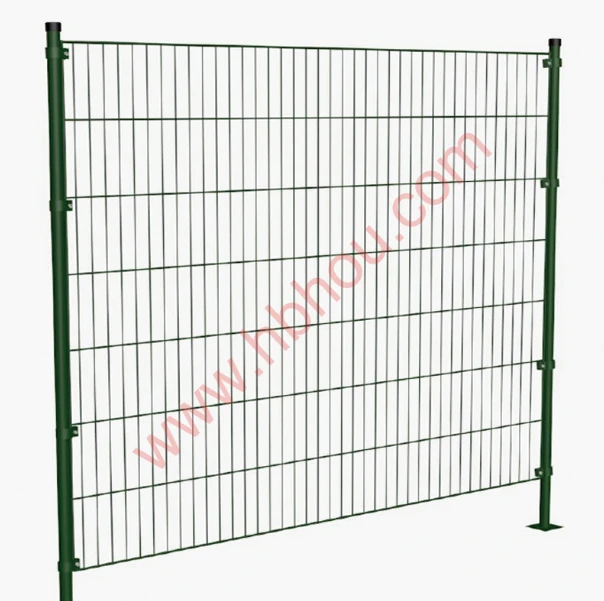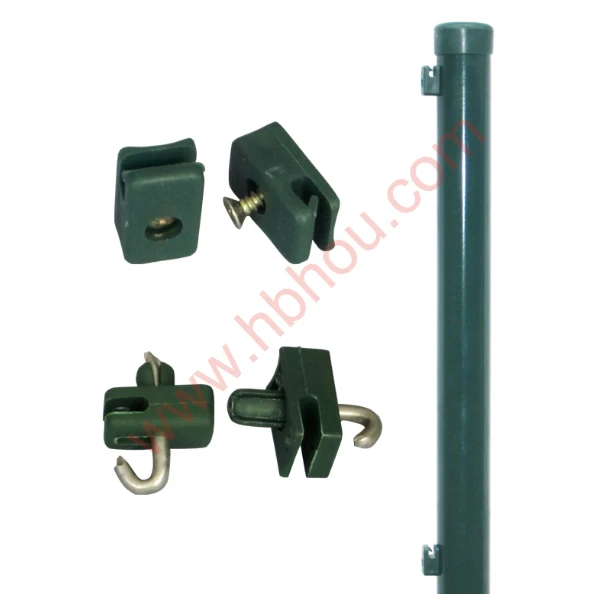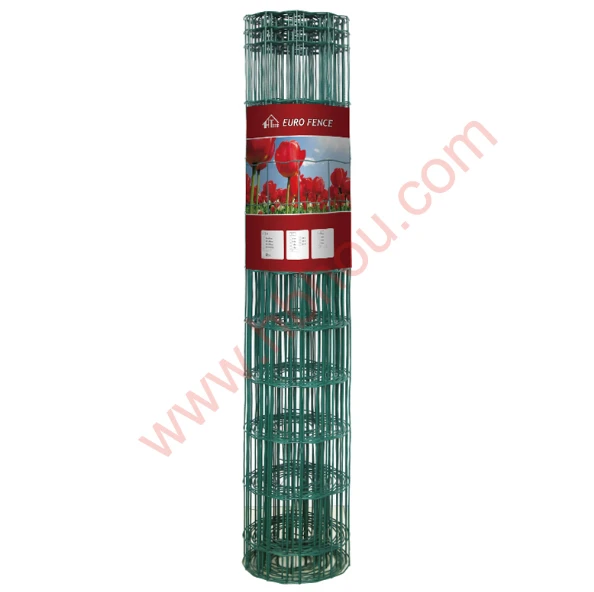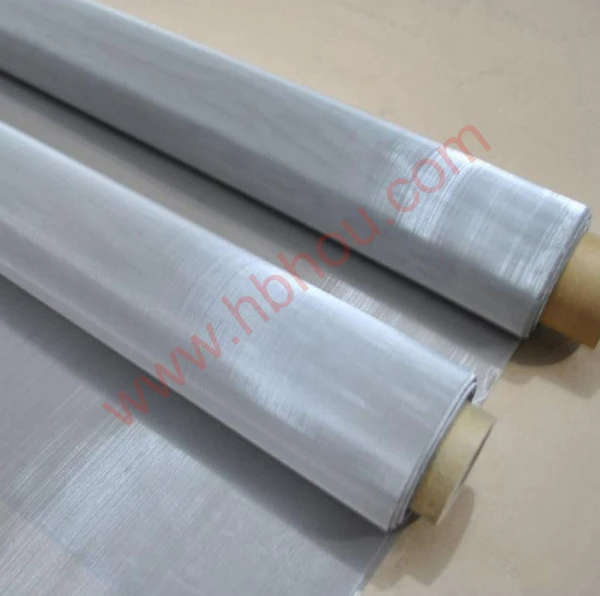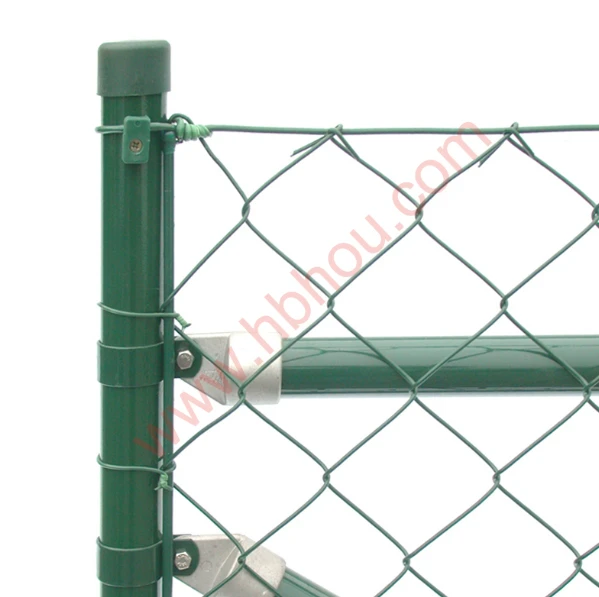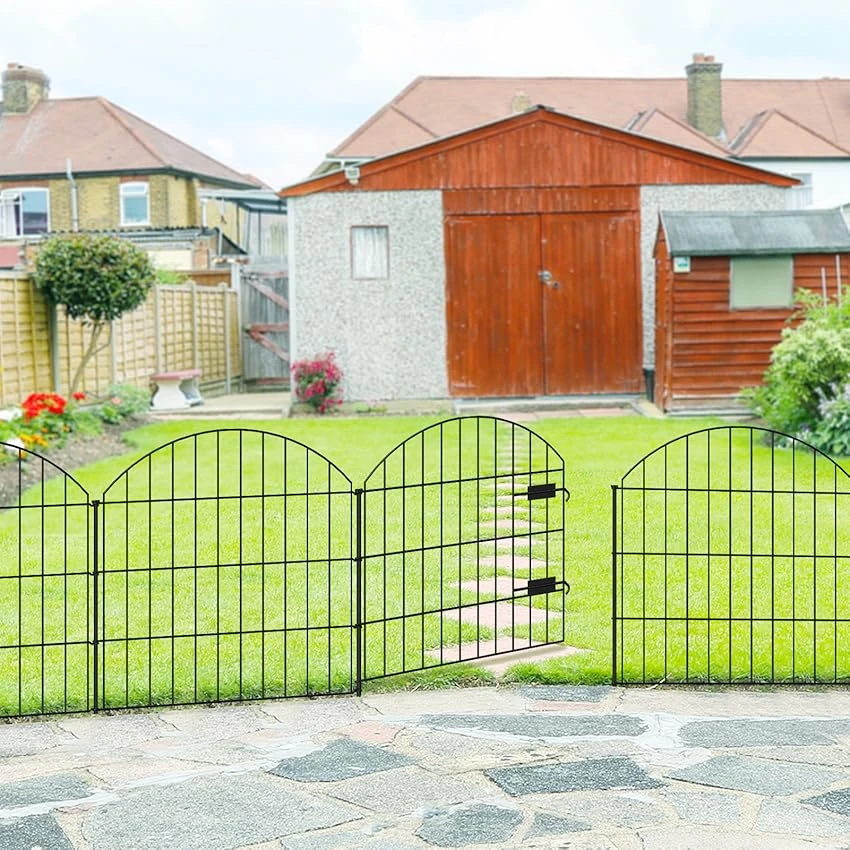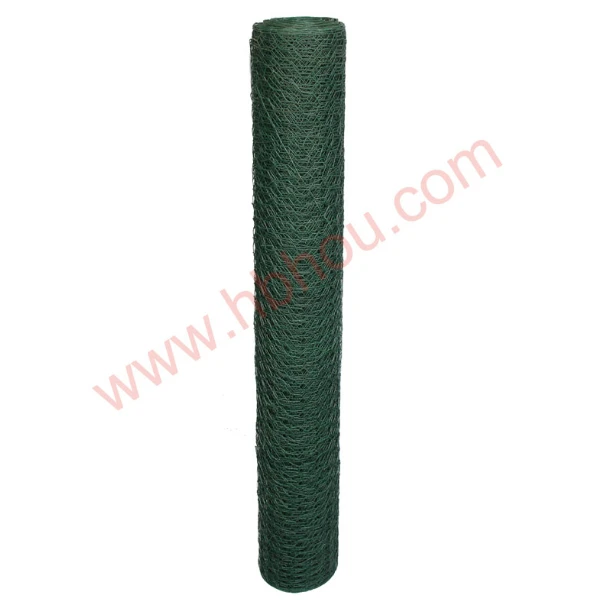The Versatility and Benefits of Gabion Wall Mesh
Gabion walls have gained immense popularity in civil engineering and landscape architecture due to their versatility, strength, and aesthetic appeal. A gabion wall consists of a cage or basket made from a wire mesh filled with rocks, concrete, or other materials. This innovative construction method not only provides structural integrity but also enhances environmental benefits. A key component of these walls is the gabion wall mesh, which serves as the backbone of the entire structure.
Structure and Composition
Gabion wall mesh is typically made from high-quality steel wire that is coated for enhanced durability and resistance to corrosion. The mesh is woven or welded into a grid-like structure, allowing it to hold various fill materials securely. The design of gabion mesh is crucial; it must be strong enough to withstand pressure from the fill material and external environmental forces such as water flow and soil movement. The open structure of the mesh permits drainage and prevents water buildup, reducing the risk of erosion and maintaining the stability of the wall.
Construction and Installation
The installation of gabion walls is relatively straightforward compared to traditional concrete walls. First, a foundation is prepared, and the gabion baskets are placed in rows according to the desired height and length of the wall. They are then filled with selected materials—either natural stones or concrete blocks, depending on aesthetic preferences and structural requirements. The mesh allows for flexibility in fill material, resulting in various finishes and textures. The final stage of construction often involves securing the baskets together to reinforce the wall's integrity.
Environmental Benefits
gabion wall mesh

One of the significant advantages of gabion walls is their environmentally friendly nature. Unlike concrete or brick walls, gabion walls integrate naturally into their surroundings. The use of local stones or recycled materials minimizes transportation costs and environmental impact. Moreover, the porous structure of gabions encourages vegetation growth, which helps in stabilizing the soil and increasing biodiversity. The inclusion of plant life also enhances the visual appeal of the wall, allowing it to blend seamlessly into the landscape.
Erosion Control and Flood Management
Gabion walls are especially effective for erosion control along riverbanks and coastlines. These structures absorb and deflect the energy of flowing water, reducing the velocity of water movement and minimizing soil erosion. This characteristic makes them invaluable for flood management, as they can help divert and mitigate floodwaters. Additionally, gabion walls can be strategically placed to create natural barriers that protect properties and infrastructure from water damage.
Cost-Effectiveness
From a budgetary perspective, gabion walls are often more cost-effective than traditional retaining walls. The cost of materials, labor, and maintenance tends to be lower, especially when using locally sourced fill materials. Their longevity and resistance to environmental wear also mean that they require less frequent repairs or replacements, further adding to their economic benefits.
Conclusion
In conclusion, gabion wall mesh is a vital element in the creation of gabion walls, combining functionality with environmental sustainability. Their robust construction, ease of installation, and aesthetic flexibility make them an excellent choice for various applications, from civil engineering projects to landscape design. As society continues to prioritize eco-friendly solutions, gabion walls stand out as a practical, durable, and visually appealing option that harmonizes with nature while effectively addressing the challenges of erosion and flood management.









